Nintendo Handhelds Revisited: Game Boy
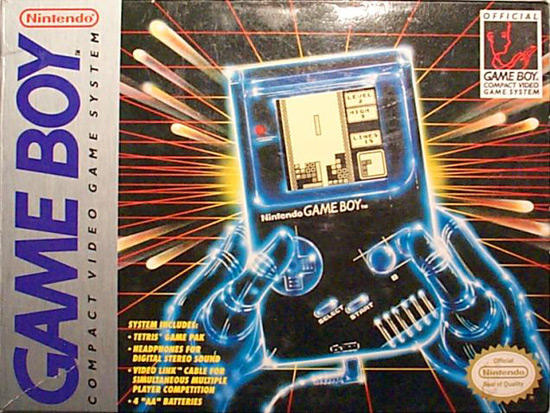
Defeating portable powerhouses like the Lynx and the Game Gear, Nintendo's Game Boy was the king of handheld devices in the 1990s.
With a massive library of games to compliment its rugged dependability, the Game Boy always came out on top. Nintendo engineered an excellent system, which continues to influence the way we play portable games today. Had it also not been for Gunpei Yokoi and his original Game & Watch idea, we would have missed out on many of these innovations. The concept of multiple gaming options on the go, the use of more compact batteries, and even handheld multiplayer were all originally conceived during the Game & Watch era.
Game Meets Watch
Some of the greatest inventions originate from the most simplistic ideas; the Game & Watch was no exception to this. Gunpei Yokoi was first inspired to create these portable devices while watching a bored businessman tinker with an ordinary calculator. As Yokoi watched this man on the train, he realized it almost looked as if he were playing a game, and not just pushing random buttons. It was at this point that he realized such a device could easily be created, and so the Game & Watch concept was born.
The original unit was was a handheld game with an LCD screen and built-in clock, hence the name "Game & Watch." They were compact enough to carry anywhere, play anytime, and rarely required a change of batteries. The units themselves were no larger than the palm of one's hand, so carrying them around was no difficult task. Since they were also cheap to construct, Yokoi and his associates at Research and Development 1 ─ Nintendo's primary engineering firm ─ could shift their additional efforts towards creating games that required more focus and skill; concentrating on this would make every release just as fun and addicting as the last.
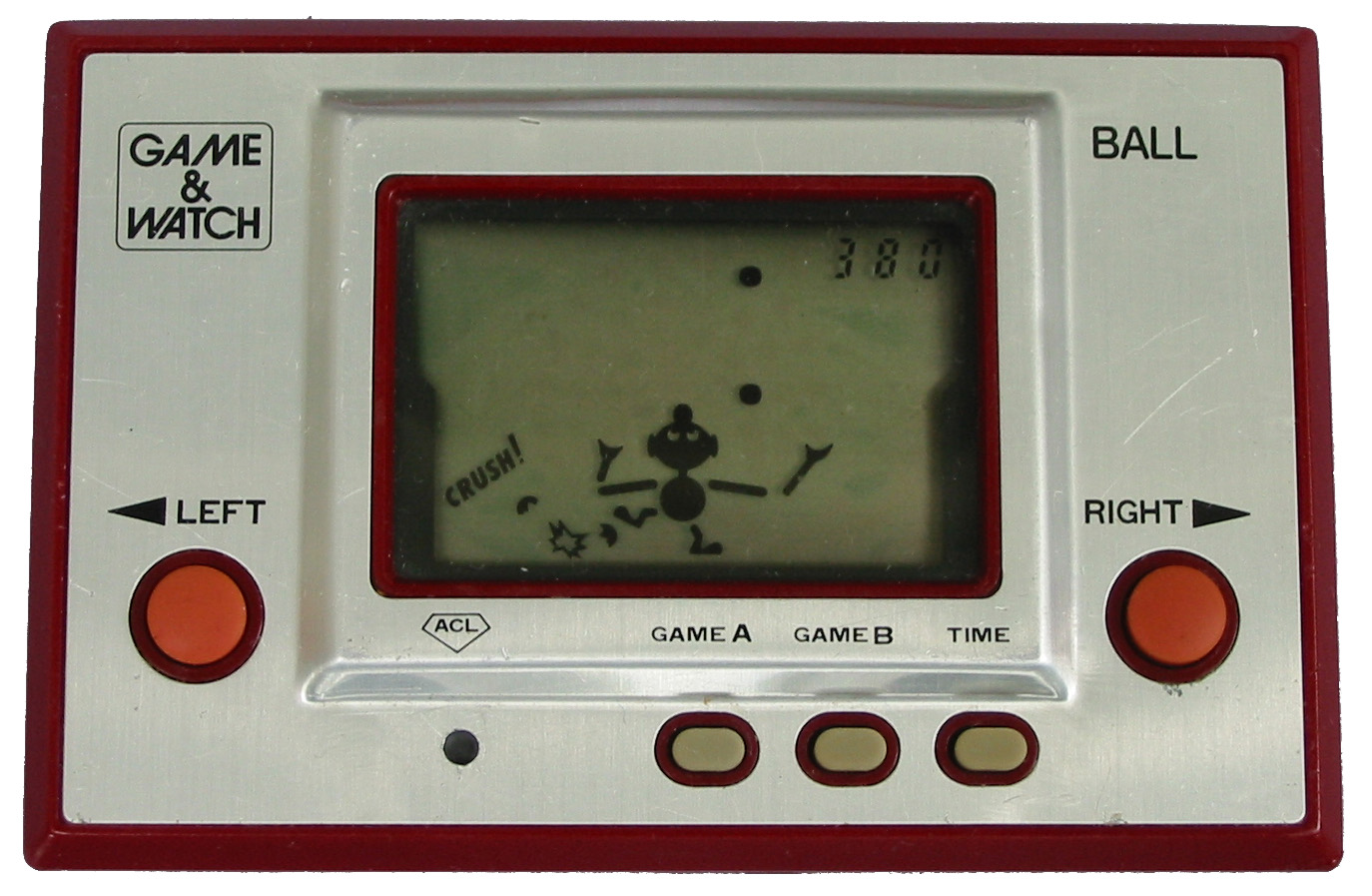
The first game unit titled Ball launched in 1980, and it became Nintendo's first success in the video games industry. Ball was a simple juggling game that contained a single screen, and allowed players to choose between two different game modes. The objective was to move the character's arms left or right, depending on where the next ball was going to land. Aside from similar titles, the Game & Watch series also contained designs under the categories of "Multi Screen," "Micro Vs," and "Tabletop." The Multi Screen Game & Watch folded up, and contained two LCD displays instead of one. The Micro Vs unit was the most innovative, since it actually included smaller controllers inside the system, and allowed for two-player gaming. The Tabletop units also enhanced gaming experiences with larger screens and colored graphics, but unfortunately failed to take off because of how clunky they were as "portable" games.
Overall, sixty different games were released, with the last being a limited edition giveaway prize. Millions fell in love with a variety of these titles, including Donkey Kong Jr. and Oil Panic. Nintendo proved that less powerful gadgets with outstanding games easily kept the public's interest. The Game & Watch was just a sliver of what Nintendo had to offer the world, and the best was yet to come.
Enter Game Boy
Sticking with the same philosophy that made Game & Watch a success, Nintendo was eager to continue what they started. They wanted to make small improvements to handheld gaming, while also making a larger impact over the years to come. After finding ways to improve their original creation, the Game Boy released in 1989. The initial steps were small, but handheld gaming would never be the same. For starters, the Game Boy had fully animated graphics. Though still crude when compared to home gaming consoles, the augmented dot-matrix screen displayed animations greater than any Game & Watch device. Nintendo's Game Boy was also the first system to receive an interchangeable library of game cartridges, which greatly increased the relevancy of portable gaming.
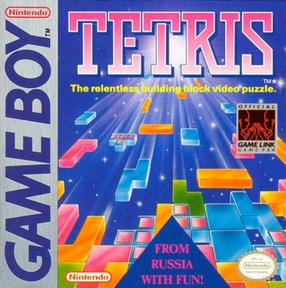
"I never actually owned an original Game Boy, but I would always borrow my friend's and play Super Mario Land." - Toast
The Game Boy's first title ─ bundled with the system during launch ─ was Tetris, and it was a phenominal success. Created by Russian programmer Alexey Pajitnov, Tetris was on the NES and many other computer platforms. Regardless of enhanced graphics on other units, many agreed that Tetris played best on the Game Boy; remaining addicting and involved made it the perfect pick-up-and-play title. Another unique innovation ─ inspired by the Micro Vs Game & Watch units ─ was how Tetris allowed two-player competition via link cable. Though each player was required to have their own system and cartridge, they could simply connect them together and battle it out.
Tetris was a smash hit, and so the Game Boy continued to sell. The systems appeal waned over time, reaching the point where most new Game Boy titles released was a failed port of more popular NES or SNES title; this was possibly an attempt to compensate for the lack of depth in many Game Boy titles. Even though they were fun on the go, games like Super Mario Land simply didn't compare to those found on home consoles and computers. Nintendo's handheld had hit a weak spot, and it wasn't long before other companies attempted to take advantage of this vulnerability.
Handheld "David and Goliath"
Atari ─ weaker than ever after the '80s game market crash ─ had certainly seen better days. Pac-Man made a terrible transition to the Atari 2600, an E.T. game was rushed to the point of ruination, and scandals involving a third party "erotic" game developer were just a few obstacles they had dealt with. To add insult to injury, Atari's Tengen branch found itself in the heat of a terrible legal battle for the rights of Tetris itself. The Atari craze from the early '70s and late '80s was dying, and it didn't seem like anything could help them recover.
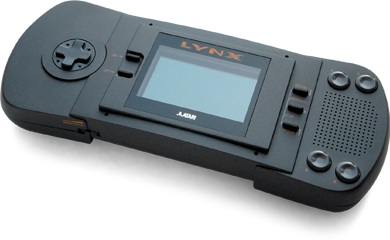
"The original Game Boy, for me, had a charm and a soul that no other handheld video game system will ever match. Its simplicity in terms of sound and visuals never bothered my eight-year-old self and everything else seemed overdone and copied." - Serraxor
Nothing stopped the ravaged company from continuing to challenge Nintendo. Atari's next system was known as the Lynx, and it was the world's first full-color handheld system; it even had a backlit screen to make games more vibrant. The Lynx boasted a diverse library of decent games, including some of Atari's most revered arcade classics. Other engaging titles like Chip's Challenge and Lemmings would also release, which Atari thought would give them an edge against Nintendo. With graphical enhancements, an improved amount of depth, and overall potential, Atari thought they had finally put the Game Boy in a tight spot. Unfortunately, short battery life and a lack of more interesting titles would soon cause the Lynx to fall under the radar.
In 1991, Sega busted in with their answer to the Game Boy, which they called the Game Gear. Like the Lynx, it offered full-color graphics and ports of popular home console games. Though obviously inferior to the Sega Genesis and SNES, Game Gear's graphics and sound were still greater than those found on any 8-bit home system. The quality and depth from console quality titles ─ including Sonic the Hedgehog 2 and Streets of Rage 2 ─ made the Game Gear a formidable opponent against the Game Boy. Though sadly, like the Lynx before it, Sega's Game Gear would collapse. The device itself was too powerful, and therefore took too much away from the handheld experience. Sure, the games were terrific, but there's no point in a portable console that can't last long on the go.
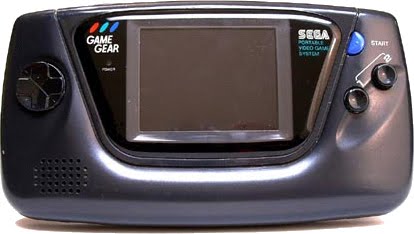
"We even delegated who'd buy and bring batteries between the two of us, and in that sense the Gameboy helped me find my very first friendship with someone who shared [the same] passion." - GeorgieBoysAXE
It was Yokoi's "Lateral Thinking of Withered Technology" that kept the Game Boy going. Nintendo continued to maintain an efficient product cost, while also creating more unique and innovative titles. The unlit dot-matrix screen made the Game Boy run longer than other powerful systems, which was a heavy advantage over the competition. Honestly, who wants to replace six batteries on a "portable" system every four-to-six hours? The Lynx and Game Gear were both solid systems ahead of their time, but many consumers found them to be more enjoyable with an AC adapter. With that being said, these behemoths vanished from the market, and the crowned king of on-the-go handhelds continued to soar onward.
Improving a Success
Fans wanted more depth from the Game Boy library, and in time they would receive it. Titles like Metroid II: The Return of Samus and The Legend of Zelda: Link's Awakening would be thrown into the equation, proving that quality console mechanics could even come from a handheld. Even Super Mario Land 2: 6 Golden Coins offered a greater amount of content than its predecessor, including level selection and more involved boss battles. The previous game was amazing, but the lack of levels and linearity of the entire game made it a lesser experience.
Many accessories were also created for the Game Boy, and some were more useful than others. Two worth mentioning are the Game Boy Camera and Game Boy Printer, which allowed one to take, print, and edit potentially humorous pictures. The printer could also be used to replicate screenshots from certain games, as users transformed them into physical keepsakes on tiny sheets of paper. Many other strange and creative additions came along, including the Super Game Boy in 1994; this popular SNES peripheral allowed gamers to play their favorite Game Boy titles in (partial) color on the "big" screen.

"Soon the Game Boy Pocket came out, and that's when I wanted the shit out of it. I was able to get that and a Super Game Boy for my birthday, so when Pokémon came out I was a fucking zombie!" - GeorgieBoysAXE
Nintendo's final revision of the original Game Boy took place in 1996, when the Game Boy Pocket was released. Even smaller than before, this new unit only required two AA batteries as opposed to four, while also sporting a sharper screen. Though a much needed improvement for the aging device, it wasn't until the Pokémon craze took off that the Game Boy Pocket seemed significant to consumers. For Game Boy owners everywhere, Pokémon would refine the mechanics and content witnessed in a handheld game. Players could catch over 150 different critters, travel to multiple towns, and even battle and trade friends by using the link cable. Many other Game Boy titles now included link capabilities, but it wasn't until the release of Pokémon that a game offered more socially involved features.
Farewell to a Legend
Though the Game Boy still had support from developers, Nintendo felt it was time to research their next big ticket item. In 1995, Yokoi began conceptual designs for the Virtual Boy, a device that used dual-imaging technology to create a 3D gaming effect. Due to its lack of third party support, tiny library of games, and potential vision dangers to children under seven, it unfortunately failed to sell; this overall turnout would sadly lead to Yokoi's resignation from Nintendo.
In 1997, Gunpei Yokoi lost his life in a tragic car accident. Though his unfortunate resignation and untimely death were a great blow to Nintendo, his philosophy continued to influence the growing game company. Without Yokoi and his "Lateral Thinking of Withered Technology," Nintendo could have drifted into nothingness, and failed to create so many quality products. Instead of collapsing after the loss of its greatest engineer, inventive thinking from other brilliant minds (like Shigeru Miyamoto) continued to drive the company onward.
Three other handheld devices would follow in the years to come, and would eventually lead us to the point we're at now: the newly released 3DS. With iPhones, other smartphones, and Sony's NGP also on the horizon, who knows if Nintendo will stay on top. Either way, the king of handheld gaming won't give up without a fight.





 Seandood
Seandood





Reader Comments (1)
Sweet article!
Really brings back some of the classic good games and memories. Chip's Challenge was fun, and Oil Panic kicked ass. But the Super Gameboy add-on... man I loved that thing. I wanna play my new Pokemon games on the big screen!